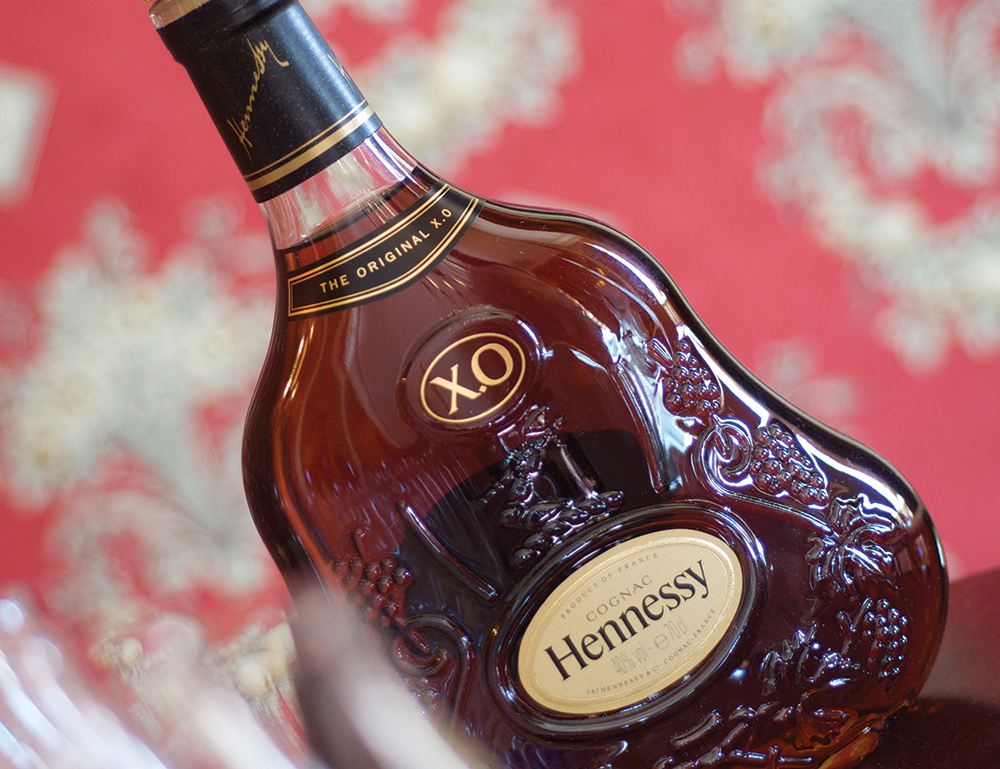Sublime Brandy
A swirl of brandy is a definite mood changer.
Article by Fred Minnick
Many of you know I don’t like to stray from the topic of whiskey. But brandy—which essentially means distilled fruit—is sublime. Like whiskey, brandy is a categorical term with subcategories throughout the world. Let’s explore.
American Brandy The United States once distilled vast amounts of grapes and fruits. But after Prohibition, the category just never caught on and fell to the bottom shelf in liquor stores. E & J, Christian Brothers, and Korbel were a few brands that stuck around, but they have always played second fiddle to more lucrative brands. However, new distilleries are focusing on American brandy. In the heart of bourbon country—Louisville, Kentucky, that is—Copper & Kings Distillery is distilling Muscat, Colombard, and Chenin Blanc grapes as well as Michigan apple juice. One interesting positive note about American brandy is that the rules for making it in the U. S. are not as restrictive as they can be in other countries.
Armagnac If I were on my deathbed and had to choose one last drink, I might very well pick Armagnac, a French brandy made under the strict laws of its appellation d’origine contrôlée. Armagnac is made in the Gascony region of southwest France and can only be distilled from 10 grape varietals.
Armagnac is typically single distilled with an alambic continuous still, letting the grape’s complexity and richness develop in the barrel. Brandy distillate, also called eau de vie, is placed into the oak barrels made from the Gascon forests of Monguilhem or Monlezun. The label indicates its age: VS, 2 years old; VSOP, 5 years; XO or Vieil Armagnac, 6 years; Hors d’Age, 10 years; and Vielle Reserve, 15 to 25 years old. The vintage refers to the harvest year, which often can be between 40 and 50 years old.

Brandy de Jerez Much like American brandy, Brandy de Jerez just hasn’t taken off the way it could. But that only means you’ll find incredible value with every bottle. I’ve tasted 100-year-old Spanish brandy that sent chills down my spine, and the bottle was less than $100. The two primary rules for this category: They must be made from the wines of Jerez, and aged in American oak. González Byass Lepanto Gran Reserva pairs exceptionally well with spicy cigars, as its richness and sherry flavors balance the smoke.
Calvados Made from apples in Normandy, France, Calvados is likely the hardest spirit to make in the world. In order to receive the highest appellation of Calvados Pays d’Auge, distillers must do the following: use only cider apples from Pays d’Auge; distill the cider via double distillation pot still; receive approval of the Institut National des Appellations d’Origine after analysis and tasting; and allow natural fermentation for at least one month. The result is some of the most beautiful spirit known to man. Unfortunately, the French tend to hang onto their Calvados, making it difficult for us Yankees to enjoy. Widely available is the Calvados Boulard, a renowned house since 1825.
Cognac Like Armagnac and Calvados, the French make Cognac in one of the most protected alcohol production regions in the world. If a Cognac maker breaks a rule, he’s literally subjected to trial and possibly jail time. The Cognac Appellation consists of six French wine-region areas that equal more than 185,000 acres and allow only the grapes Ugni Blanc (most widely planted), Folle Blanche, and Colombard. Cognac is then broken up by regions of quality, in order of quality: Grande Champagne, Petite Champagne, Borderies, Fins Bois, Bons Bois, and Bois Ordinaires. Unfortunately, Cognac has lost my respect over the years, as makers place more emphasis on packaging and achieving popularity in nightclubs than on crafting something better. There’s one brand I’ve grown to trust to make Cognac the old way, and that’s Pierre Ferrand. Any Cognac made from this brand will be the best on the shelf.
Grappa Grappa is an Italian pomace brandy that’s made from the remnants of winemaking, including stems and grape skins. Grappa’s prominence in quality has only emerged in the past 75 years, thanks largely to the Nonino family in the Friuli wine region. The Noninos make a beautiful grappa from the rare and juicy sweet grape, Picolit.





